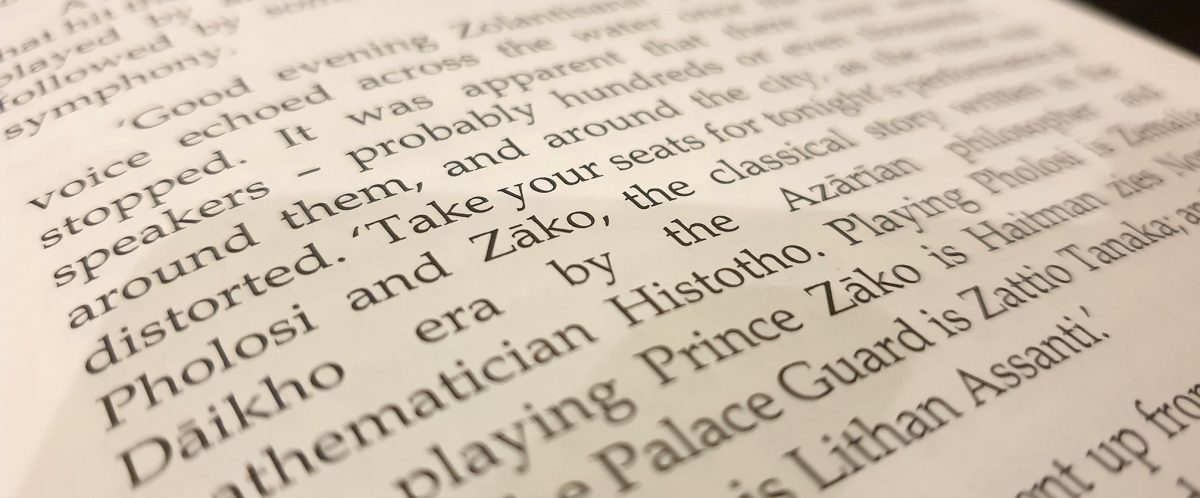Well the time has just evaporated this week. It seems like I’ve had hardly any chance at all to do some writing since the last of these posts.
I haven’t done a lot of writing of actual story words this week – i.e., words that might actually be part of the final book. In fact I don’t think I’ve done any. But I have done something else that’s very important – I have done planning for at least two stories.
I’ve mentioned recently how nowadays there are times when I can write out a story exactly how I want it first time. There are advantages and disadvantages to this, and one of the disadvantages is that you can sort of get used to it. If you have a few stories like this in a row, you start to expect it for subsequent ones – and that’s a problem, because it simply won’t happen for all stories.
But on top of this, sometimes not only has a story turned out well straight away, but the idea for a story had been fully formed in my head as I sat down to start writing it. This has gotten me into the bad habit of not necessarily planning stories before writing them. This is despite me being a strong advocate for planning stories. (It’s also worth pointing out that being able to write a full story without planning it is made a lot easier when it’s a short story (particularly one of my short stories, which tend to be about 3000-5000 words long).)
Writing the final two stories for OTSOT 3 has been trickier than I anticipated, so in order to make it easier, and in order to get out of this bad habit, I have made a deliberate effort to plan these final two (even though they are pretty simple stories). One of them I think I did over a week ago, the other one – the longer one – I did this week. And the value of planning is once again revealed – I was able to identify several important things that should happen early in the stories by planning them.
Also this week, I tried to do more on the audio story for Fluncg the Indignant. I did a lot of editing of the audio that I had, trying to produce the final cut. However, I found that the audio I had for the different lines in various places didn’t really ‘gel’. Some of the narrator’s lines didn’t really gel with the characters’ lines, and it occurred to me that the simplest thing to do would just be to re-record the whole thing. (It sounds like a drastic action, but I’ve gotten a lot better and faster at recording audio stories, and at least this one’s not as long as Throch the Cunning – this one’s actually quite short.)
In entirely non-writing news, over the last week I have made fantastic progress in drawing out my family tree. This is a project that I’ve been interested in and working on slowly for (I think) about two years. I had access to a lot of data for my family tree – both my parents had partial trees drawn out already, so I just had to copy the data in those. What I wanted to do was combine all of the data, and have a computer program draw out the tree.
I had previously started creating a program to read all of the data from a file, and then draw out the tree, in Python. However, Python’s built-in image-drawing abilities are very lacking, and I realised that in order to draw the tree nicely, I needed to switch to a language with better image-drawing abilities. So I swapped to using C# – a language I used to use a lot years ago, but which I haven’t used very much since. Doing this has allowed me to produce a much better-drawn tree. I also finished typing in all of the data from the existing trees. So I now have a very large image that shows the tree, and it looks quite nice.
I’ve been rather obsessed with this project over the last few days, so over the next week, when I’m not writing, I will likely be doing this. The next things to do are to improve the visual design of the tree even more, and to do more original research to find more ancestors to put on the tree.
